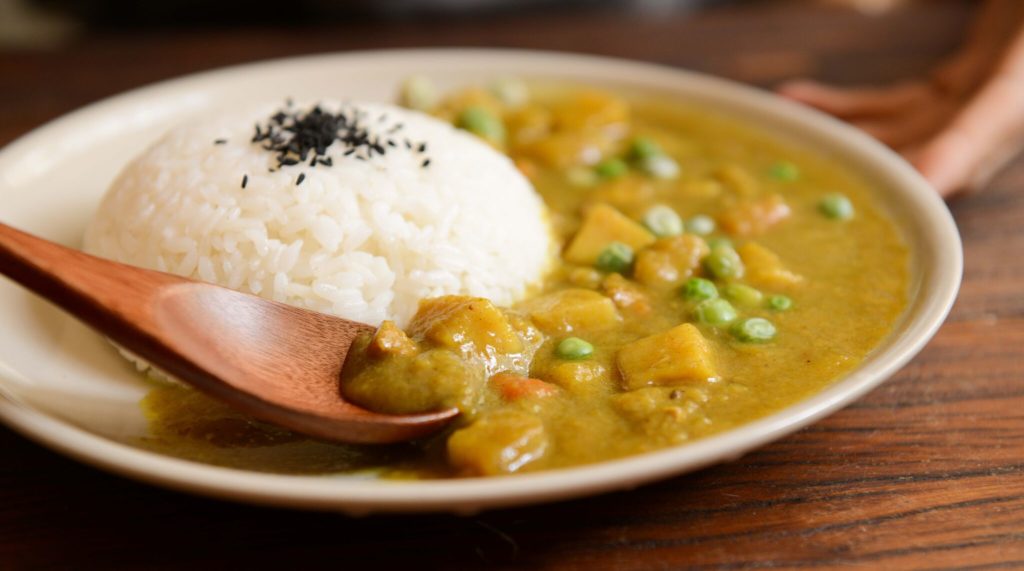Veganuary – Sustainable for good health in January or the longer term?

Ten years ago, the word veganism would have mostly applied to hippies and animal rights activists but is now increasingly popular, particularly with millennials. This can be seen with the rise of vegan cafes on our streets and wide availability of vegan products in our shops. There are many reasons to become vegan; the ever-growing interest in sustainability, claims that plant-based diets are better for our health and concern for animal welfare. Well-planned vegan diets follow healthy eating guidelines and contain all the nutrients that our bodies need. Both the British Dietetic Association and the American Academy of Nutrition and Dietetics recognise that they are suitable for every age and stage of life. Some research has linked vegan diets with lower blood pressure and cholesterol, and lower rates of heart disease, type 2 diabetes and some types of cancer. Yet despite these very laudable aims, concerns have been raised that, as evolutionary omnivores (eat everything) a vegan diet may still have some health challenges. Here we review the diet and highlight how to avoid any pitfalls with this increasingly common lifestyle choice. In particular we focus on important nutrients to consider if you already follow or are considering a vegan diet, and how to practically address these. This is a big topic, so we have decided to do this blog in two parts, the first part will be covering protein, vitamin B12 and iron.
Protein
If you are vegan you always hear this from meat eaters “Where do you get your protein from?”. Proteins are made up of amino acids, there are 20 different amino acids of which 8 can only be gained from our diet, these are known as the essential 8. All eight can be found in eggs and most meat products, which are known as ‘complete’ protein sources. There are some plant-based complete protein sources such as quinoa, soya beans and hemp seeds but most plant-based foods only have a limited number of these amino acids. However, if you combine the right plant-based foods in your diet you can achieve a ‘complete’ intake of protein. These foods contain ‘complementary proteins’; an example being when pulses are eaten with grains, pulses contain four of the essential 8 and the grains contain the remining four.
Proteins have lots of functions around the body; they help with restoring and maintaining muscle mass and they can also help the efficiency of the immune system. Making sure you get all eight amino acids every day is very important so do make sure you have either a complete protein source or combine foods with complementary proteins.
Here are some more examples of complementary proteins with some recipes:
- Peanut butter on wholemeal toast
- Tofu with rice or another grain Example recipe: https://minimalistbaker.com/easy-vegan-fried-rice/
- Hummus with pita bread
- Noodle stir fry with a satay sauce: https://www.youtube.com/watch?v=fZ2-MCVzf6w
- Lentil soup with bread:

- https://www.vegansociety.com/resources/recipes/starters-snacks-sides/lentil-soup
- Tacos with beans or lentils
Useful sites for more recipes are:
The Vegan Society – www.vegansociety.com/resources/recipes
Lizzie Rose – http://lizzyrosenutrition.com/category/recipes
Deliciously Ella – https://deliciouslyella.com/category/recipes/?refine=vegan

Vitamin B12
B12 is vital for making new red blood cells, so a lack of it can cause anaemia and also nerve damage. The major source of B12 comes from animal-based products. Luckily for vegans, a number of products are now fortified with B12; for example, Sosmix Country Mix, Vecon vegetable stock cubes and Marmite. That last one might not be so lucky depending on whether you’re a lover or a hater!
A popular choice for vegans to get there B12 hit is a product called nutritional yeast which boasts a cheese-like flavour, something many vegans definitely miss. If you enjoy a vegan diet but none of these foods are to your liking, then I would definitely recommend taking a B12 supplement of 10 micrograms daily.
Iron
There are two forms of iron; haem iron (also called heme iron), which our bodies can absorb fairly easily, and non-haem iron which our body has to process before we can absorb it. Haem iron is found solely in meat products and non-haem is primarily found in plant-based foods, including pulses, peas and some fruit and vegetables. So, if you are vegan or vegetarian you may be at higher risk of developing iron deficient anaemia, as non-haem iron is not so well absorbed. If non-haem iron is your only source of iron, you may want to make sure you include a dietary source in nearly every meal. Good sources of non-haem iron are, soybeans, lentils, cooked spinach, tofu and chickpeas. For breakfast, if you choose to have cereal make sure you choose one fortified with iron such as Bran Flakes, Special K, All Bran and sprinkle on some iron rich linseed or pumpkin seeds. Consider having baked beans or hummus on toast some day as a light meal and if you are having some fruit with a soya yogurt for a dessert or snack, have a hand full of nuts, seeds or dried apricots, to provide you with more iron. It also helps absorption of non-haem iron if you consume vitamin C at the same time, sources include citrus fruit/juice, peppers, strawberries or cabbage.
This is the end of part one, please keep checking back to the website for Part Two in around a month’s time. This blog was written by a student dietitian Frankie Ebdon, with support from Sian Shepherd (Specialist Gastroenterology Dietitian) and Dr Andrew Millar (Consultant Gastroenterologist).
Tags: #veganuary, challenges of a vegan diet, health benefits of veganism, how to balance your vegan diet, meat-free diets, plant-based diets, vegan, vegan nutrition, vegan nutrition tips, vegan recipes
0 Comment
Leave a Reply